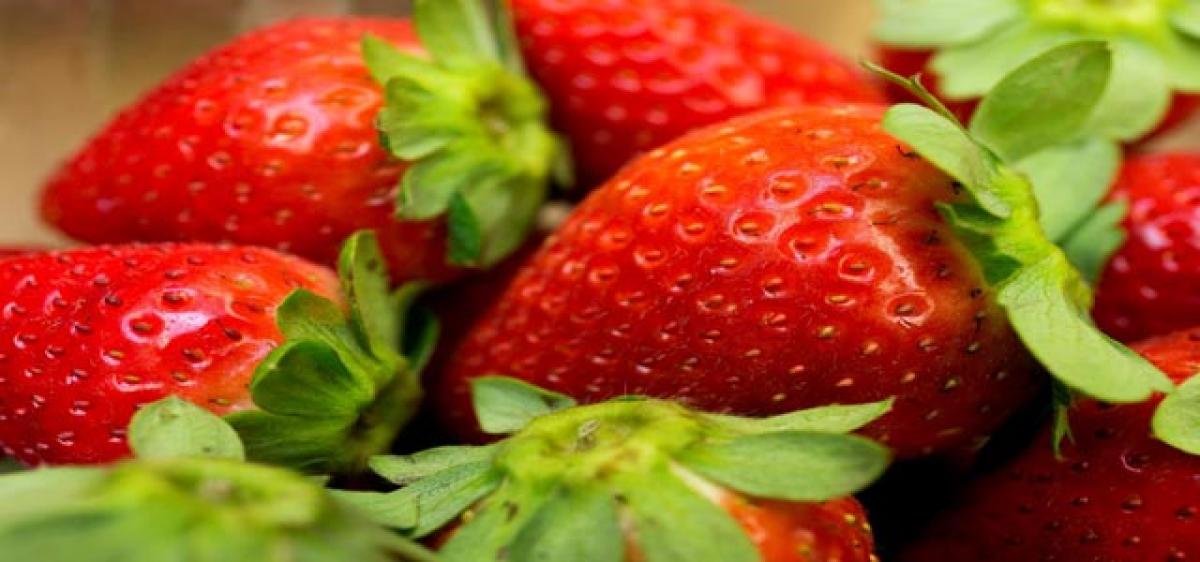Live
- A feminist lens on our mythology
- Prakasam police rescues kidnapped toddler within hours
- Time to get rid of Sattavad and Parivarvad politics
- Extend neither spl nor ill treatment
- Must-Watch OTT Originals in 2024: The Year’s Best Shows and Movies
- 40 Indian startups secure over $787 mn in a week
- India now formidable force on chess board
- Raghavendra Mutt pontiff visits Tirumala
- Whistleblower of OpenAI found dead in US apartment
- Trump’s US-first policy & India’s strategic latitude
Just In

Florida- University of Florida Institute of Food and Agricultural Sciences (UF/IFAS) do not use genetic engineering to breed commercial strawberries; in fact, commercially grown strawberries worldwide do not use such techniques in new variety production at this time.
Florida- University of Florida Institute of Food and Agricultural Sciences (UF/IFAS) do not use genetic engineering to breed commercial strawberries; in fact, commercially grown strawberries worldwide do not use such techniques in new variety production at this time.
A UF/IFAS strawberry breeder says he’s often asked whether the fruit is genetically engineered, or as some put it, genetically modified.
’ “In recent years I have been frequently contacted by the public with questions about genetic engineering, and Florida strawberry growers have frequently reached out to me to help answer questions they have received from the public as well,” said Vance Whitaker, a UF/IFAS associate professor of horticultural sciences and a strawberry breeder.
The UF/IFAS strawberry breeding program has been developing strawberry varieties for nearly 70 years, Whitaker said.
The strawberries are developed using a conventional breeding process of selecting seedlings, which later become new parents for the next cycle of crossing, said Lee, a UF/IFAS assistant professor of strawberry molecular genetics and genomics.
The breeders under this programme do not use genetic engineering technologies to improve strawberries.
The scientists breed varieties to adapt to the weather, soils and growing practices in Central Florida and other strawberry production regions around the world.
These varieties, such as ‘Florida Radiance’ and Sweet Sensation® ‘Florida127’ combine high yield and disease resistance with excellent flavor and shelf life, Whitaker said.
“As we continue to find more precise and creative ways to breed strawberries, we hope to develop strawberry varieties that perform better for the farmer, taste better for the consumer and have increased disease resistance, making them healthier overall,” said Lee, who works with Whitaker at the UF/IFAS Gulf Coast Research and Education Center in Balm, Florida.

© 2024 Hyderabad Media House Limited/The Hans India. All rights reserved. Powered by hocalwire.com







